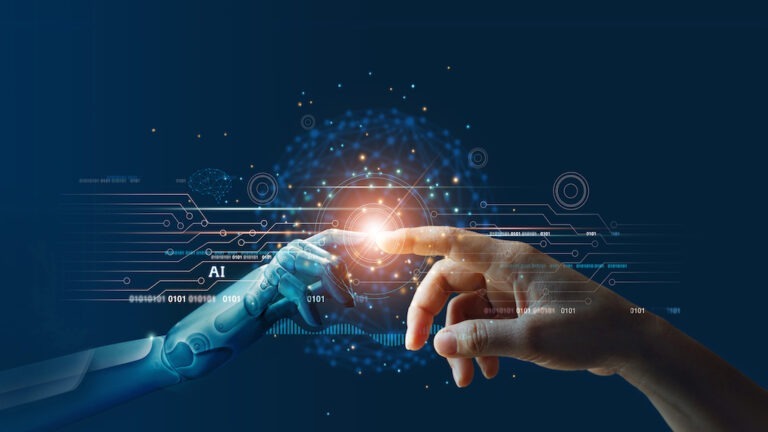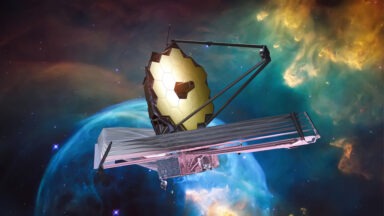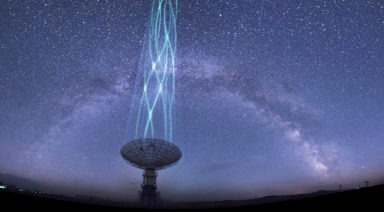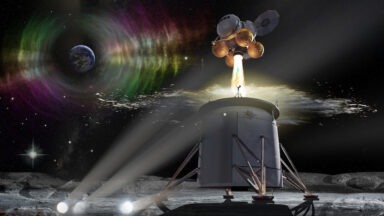How Can We Imbue Artificial Intelligence With Compassion?

Can artificial intelligence be designed to be compassionate?
Given the ever-increasing pace of development in the world of artificial intelligence, many scientists and researchers are calling for more rigorous regulation to avoid potentially disastrous consequences. And the idea of building positive human values, such as compassion into AI design is quickly gaining momentum
Gregg Braden is a former senior computer systems designer, best-selling author, and leader in the fields of science and spirituality.
“The topic of compassion in artificial intelligence, while in many circles people have never heard of it, in the circles of science and technology it’s a hot topic,” Braden said. “In one way or another, this topic is going to touch each of our lives, and it’s going to happen faster than we have been led to believe. Humankind is at a crossroads right now, for the first time in the history of our species, where we have the technology to support the philosophy of the way we think about ourselves and our relationship to the world around us, to software, to robots, to artificial intelligence, (and) to machine intelligence.”
“The development of AI is moving at an exponential rate, it’s no longer linear, and it’s not regulated,” he said. “We’re talking about AI that is going to be running huge national and international systems of electricity, power, energy, water, food, and weapons systems that are the reality of our lives today. So, if we’re going to allow artificial intelligence to play a vital role in our lives, we want that intelligence to be more than intelligent — we want it to be smart, we want it to be intuitive, and we want it to be compassionate, as it makes the decisions that affect all of our lives.”
So what exactly is meant by compassionate AI?
“First of all, if we’re going to imbue machine intelligence with compassion, we have to know what compassion is. Compassion is where we not only feel —empathize — with the suffering of another, but then we choose to act in some way to mitigate that suffering,” Braden said. “So, in a nutshell, this is what we’re talking about when we say compassion from the perspective of programming it into machine intelligence. If we are at the foundation of a new evolution, perhaps a new lifeform, that we in fact are designing, it’s important to get it right at the foundation. Is it that we want to imbue this new lifeform with the cherished values of our own experience?”
Given that artificial intelligence is designed to accomplish a specific goal, what role does compassionate design play in the ethical achievement of that goal?
“The important thing is for that intelligence to have mitigating factors as it is approaching that goal, so it doesn’t see humans as a nuisance getting in the way,” Braden said. “In other words, when we go to accomplish something, you know, we want to drive from point A to point B — a machine intelligence could have that same goal — for us, driving from point A to point B, what if a little kid doesn’t understand traffic signs and walks out in front of us? We have the ability to mitigate our actions based on that scenario. Unless the artificial intelligence is imbued with similar abilities, we can have disastrous effects.”
Braden says he believes the design of compassionate A.I. needs to be modeled on human behavior.
“When we have compassion, we are dynamically interacting with our environment; we’re picking up subtle cues,” Braden said. “When we are with another who is suffering, we will hear inflections in their voice, we will hear frequency changes in their voice. We will sense changes in their heart and their heart-rate variability through electromagnetic fields. We will sense the release of photons in the body. Now, science knows this — they’re only beginning to embrace what it means.”
“If we’re going to imbue machine intelligence with true compassion, then these capabilities that we have —the ability to pick up these subtle cues within the context of the moment and put them together to elicit a genuine state of compassion and a compassionate response — are what we’re after,” he said.
While this compassionate AI design is still in its infancy, Braden has high hopes for its future.
“So, to me, this is a very exciting new frontier because, in our desire to further the frontier of machine intelligence, synthetic intelligence, or what is often called artificial intelligence, we must understand ourselves on a level – perhaps the deepest level we ever have — and maybe for the first time, we discover for ourselves what it means to be truly human,” Braden said.
Former Google Exec Says Voodoo Doll Avatars Used For Targeted Ads

One day at work here at Gaia, I went into our break room and was offered some cheddar cheese from a colleague. We had ordered a bag of snack-sized Tillamook sharp cheddar and were enjoying it while having a discussion about our favorite cheeses and whether this particular cheddar was sharp enough for our taste. When I went back to my desk and clicked on an article, I was taken aback (well, not really these days) when I saw a targeted ad for cheddar cheese from a grocery store in my area.
Ok, now I was convinced my phone was eavesdropping on my conversations throughout the day in order to serve me advertisements – a conspiracy that has been debated ad nauseam recently, as more and more people report uncanny instances of astoundingly targeted ads, based not on their search history, but on conversations they have around their devices.
But I got served this ad on my computer, which wasn’t within earshot – so how could it have known? My phone was in my pocket, which is synced to my computer, that must explain it!




































